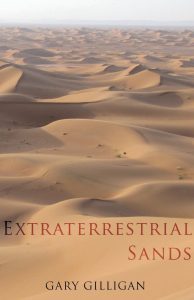Earth’s Capture of the Moon
Earth once had two Moons, one named Thoth (our moon), the other Khonsu. They played a game of Senet which was similar to drafts (i.e., ‘leapfrogging’ over each other). Thoth won and was rewarded with five extra days extending the calendar year from 360 days to 365 days.
And there you have it – in one short paragraph – the capture of the Moon and how earth gained an extra 5 solar days in the process.

The so-called ‘Myth.’
“….Nut was naturally quite saddened by this [not enough days] so she turned to Thoth, the ibis-head god of wisdom and writing- because if anyone could outsmart the spell, it would be Thoth! Thoth hatched a plan. He visited Khonsu, the moon god who loved to play the game senet. Thoth challenged Khonsu to a game, and Khonsu couldn’t resist- after all, he was confident that he was the best senet player of all, and knew he would enjoy boasting about his victory over the god of wisdom. So when Thoth said that he wanted to play for some of Khonsu’s moonlight, Khonsu was not at all worried.
Thoth easily won the first game and got an hour of moonlight as a reward. Anxious to win back his light, Khonsu agreed to another game… and another… and another… but he kept losing! When Thoth finally had won enough hours of light to equal five days, he called it quits. Khonsu was left so exhausted that from that moment on, he could no longer shine a full moon every night.”
I would suggest Earth was home to many moons during the pharaonic era of planetary upheaval with two very prominent ones, Thoth and Khonsu. And what we have here is mythology having a firm basis in very real events – the time Earth snared its Moon and extended Earth’s journey around the sun by five days.
Explained.
Amidst the melee of god kings planets we have two prominent satellites one deified as Thoth (“The god of Wisdom,” our current moon), the other Khonsu (“The Wanderer,” a very apt title!). Thoth and Khonsu appeared to pass each other (swap places) many, many times, hence they were considered to be playing the celestial game of Senet, meaning ‘Game of Passing.’ Celestial drafts if you like. Khonsu was a great lover of games, and is frequently shown playing a game of Senet against Thoth for one thing or another.
Our moon (Thoth) eventually wins this ‘game of passing’ and falls under Earth’s gravitational spell. It locks into orbit around earth and in doing so adds ‘extra baggage’ (drag) which fractionally slowed the earth’s path around the Sun, thus allowing it to spin on its axis an extra 5-days before completing a solar year. Although there are many variables to consider, this would be one explanation. Another would be a change in Earth’s orbit.
The extra 5-days were a time of celebration all over Egypt. In support I would ask; why would the Egyptians celebrate such an event if the solar year already consisted of 365 days?



